A space’s overall atmosphere and visual appeal may be significantly influenced by color, Choosing the perfect palette is an essential element of home design. A study of color theory at the fundamental level can be helpful for designing spaces that are both visually appealing and practical.
Color influences our feelings and perspectives of the world in addition to how things seem on the exterior. The first step in designing any kind of setting, from a cozy and welcoming lounge area to a bright and energetic workstation, is choosing the right colors.
Color allows us to manipulate design elements and create a home that truly reflects our needs and personal style.
Choosing a color scheme based on your personal style
Attention should be given to the room’s purpose as well as natural lighting when selecting a color scheme which reflects your personal preferences and style.
To promote freshness and cleanliness, for instance, cold colors in the kitchen might inspire these feelings, while warm colors in the bedroom can foster a comfortable, restful ambiance.
Taking into account how that hue and light interact is also very important.
For more guidance on incorporating color effectively in home design, Click here and become a part of our community.
Our pros and members are happy to provide help, inspiration, and advice when it comes to developing an area that truly reflects your own style. Do not hesitate to contact us with any questions you may have concerning color in interior design!
Tips for creating a cohesive color palette throughout your home:
- Start with a base color: Choose one main color that will serve as the foundation for your entire home’s color scheme. This could be a neutral tone, like beige or gray, or a bold color that you love and want to incorporate throughout different rooms.
- Use the 60-30-10 rule: This design principle suggests using 60% of the dominant color, 30% of a secondary color, and 10% of an accent color. This creates a balanced and visually appealing look throughout your home.
- Consider complementary colors: Consider complementary colors: On the color wheel, complementary hues are those that are opposite one another, such as purple and yellow or blue and orange. Combining these hues in your house may provide a striking and colorful impression. To get more information click here rythymoftheworld.
- Experiment with tones and shades: Use varying tones and tints of the same color in a room without fear. This might give your entire color scheme more dimension and depth.
- Apply accents to bring everything together: Throw pillows, curtains, carpets, and artwork are examples of accent pieces that may harmonize every color in a space and give it a unified appearance.
How to incorporate pops of color without overwhelming the space:
- Use colorful accessories, such as throw pillows, rugs, and artwork.
- Choose one focal point in the room to add a bold pop of color.
- Incorporate plants for a natural touch of color throughout the space.
Overall, using color effectively in home design allows for personal expression while also creating a cohesive and inviting atmosphere.
By understanding basic color theory and experimenting with different palettes, homeowners can transform their living spaces into a reflection of their unique style and personality.
Add dimension to your chosen colors
Making use of various patterns and textures to give your selected colors more depth is another method to design a visually pleasing and well-balanced area.
Color has the power to significantly improve any home’s design, whether it be through paint, textiles, or décor.
Thus, don’t be scared to use color creatively and enjoy yourself when you decorate with it! Recall that there are countless options when it comes to design.
Proceed to experiment with various color combinations to determine the ideal palette for your house. The finished product will be a room that accentuates and displays your own style in addition to being aesthetically pleasing.
Have fun with the décor! So go ahead and try out some new color schemes, play around with textures & patterns, and make your house something genuinely special and welcoming.
Case studies featuring real homes
Case studies of actual homes with tastefully chosen color schemes may also be a great place to start.
Observing how various hues and combinations may affect a room’s appearance and atmosphere might help you choose what would work in your unique house.
It’s also beneficial to consider how color might be utilized to unify disparate areas and provide a unified aesthetic across the house.
Conclusion
The impact of color on mood and overall aesthetic in your home cannot be underestimated.
Homeowners may design a calming and aesthetically beautiful space that expresses their individuality by studying the psychology of color, taking into account personal style and function, and grasping the fundamentals of color theory.
You can turn your house into a place that not only looks great but also feels exactly perfect for you with a little research and trial and error..

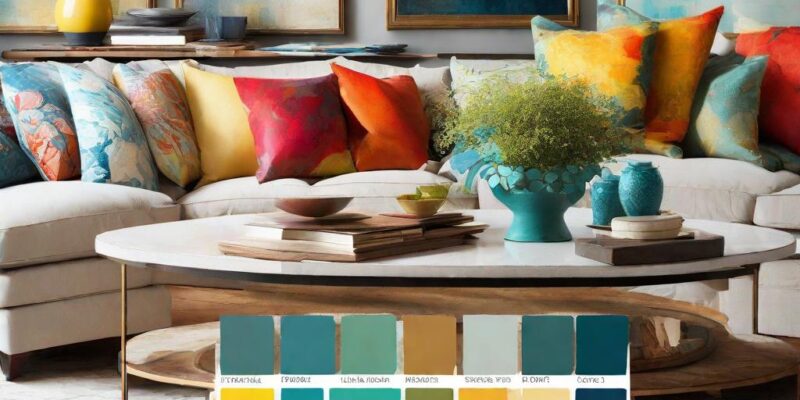

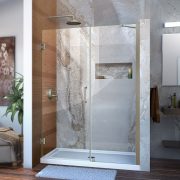

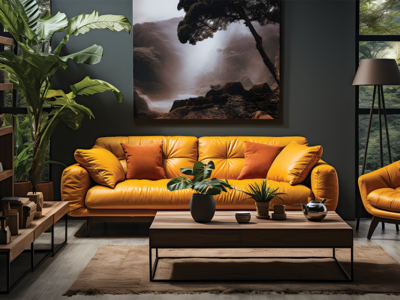
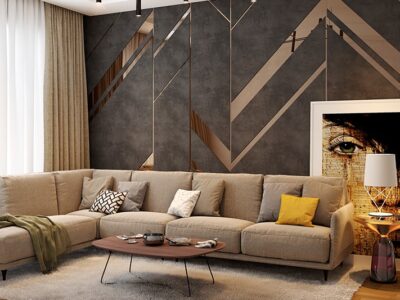

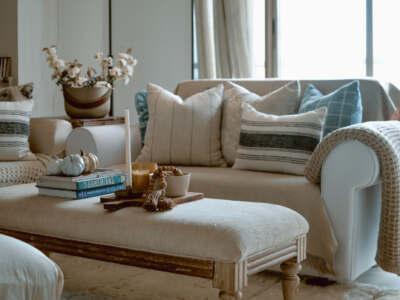

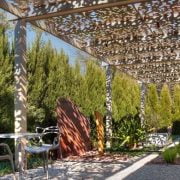


Comments